- Free shipping available on orders over £100 (UK) £250 (EU) and $300 rest of the world
WOW683 Messerschmitt Bf 110 Wilhelm Herget
£799.00
2 in stock
Description
Description
The Messerschmitt Bf 110 was one of Germany’s most iconic aircraft of World War II. Initially designed as a long-range fighter and bomber escort, the Bf 110 earned a reputation as a versatile but controversial aircraft. Despite early struggles, it played a pivotal role in various theatres of the war, especially as a nightfighter during the Battle of Britain and beyond.
Also known as the Me 110, this aircraft was developed by Messerschmitt in the late 1930s, designed as a heavily armed twin-engine fighter capable of escorting bombers in long-range raids. However, the Bf 110 faced challenges when it encountered more nimble single-engine fighters like the British Spitfire and Hurricane during the Battle of Britain. Its larger size and slower speed compared to these agile adversaries often made it vulnerable in dogfights.
The aircraft featured two Daimler-Benz DB 601 engines, providing a top speed of around 350 mph, and it was armed with a variety of heavy weapons, including a mix of 20mm and 30mm cannon. The Bf 110 also had a robust radar system, which became crucial in its role as a nightfighter later in the war.
While the Me 110 initially struggled in daylight combat roles, it found its niche as a nightfighter, where it excelled. In the early years of World War II, the Luftwaffe needed a specialized aircraft to combat the growing threat of Allied bombers attacking German cities at night. The Me 110, with its powerful radar and ability to carry heavier weaponry than single-engine fighters, proved to be an effective nightfighter.
Notable Combat Operations
- Battle of Britain: During the Battle of Britain, the Bf 110 was initially used as a bomber escort. However, it struggled against the faster and more maneuverable British fighters. Its losses were high, which led to a reassessment of its role.
- Night Fighting: The Me 110’s transformation into a nightfighter was a significant turning point. Armed with advanced radar and equipped with twin engines that allowed it to fly long distances, the Me 110 proved highly effective in defending Germany from the night bombing campaigns of the Allies. It was involved in intercepting British bombers during the Blitz and played a crucial role in night operations against Allied forces in Europe.
The “Zerstörer” (Destroyer) Role One of the Me110’s primary design philosophies was to function as a “Zerstörer,” or “Destroyer,” an aircraft designed to destroy bombers and heavy enemy aircraft. This was reflected in the Me 110’s heavy armament, which included powerful cannons and machine guns, as well as the ability to carry bombs for ground attack missions.
Despite its early shortcomings in dogfighting, the Messerschmitt Me110 proved to be an invaluable asset in specialized roles, particularly as a nightfighter. By the end of the war, it had racked up impressive success in shooting down Allied bombers, contributing significantly to the Luftwaffe’s efforts. Its legacy as a multi-role aircraft in the night skies and its influence on later nightfighter designs made the Me110 a crucial player in the air war over Europe.
As time passed, newer models like the Bf 109 and the Focke-Wulf 190 overshadowed the Me 110 in other roles, but the Me 110 remains one of the most fascinating aircraft of World War II, especially in the context of its adaptation to the challenges of night combat.
Despite its heavy armament and formidable presence, the Messerschmitt Me 110 was affectionately nicknamed the “Beep” by its Allied enemies, due to the distinctive sound of its engines and the radar warning systems on board.
Over time it developed into a formidable night fighter, becoming the major night-fighting aircraft of the Luftwaffe. Most of the German night fighter aces flew the Me 110 at some point during their combat careers, and the top night fighter ace of all times, Including the ME110, we are releasing this month. The pilot, Wilhelm Herget Luneburg, fought in the Battle of France and Battle of Britain, in the later his claims included shooting down 8 Spitfires, a Hurricane and a Curtiss P36 Hawk.
Herget was promoted in November 1941 and transferred to the night fighter force, due to his short built, had to fly a customized Bf 110 with wooden blocks attached to the rudder pedals in order to reach them. Herget claimed his first nocturnal victory on the night of April 5/6 1942 and in May 1942 he was promoted to squadron leader. On the night of 20/21 December 1943, Herget was credited with the destruction of five Halifax and three Lancaster bombers within 45 minutes, making him an “ace-in-a-day”.
On June 15th 1944 while flying a Junkers Ju 88 G-1 he was shot down by British ace Branse Burbridge. Herget and his crew bailed out and all survived. Herget claimed his last aerial victory as a night fighter, a Mosquito fighter-bomber, on the night June 14/15 1944.
n January 1945, Herget underwent conversion training and learned to fly the Me 262 jet fighter. Herget’s last mission of WW2 was on April 27th 1945, engaged USSAF fighters near the Munich-Riem airfield and claimed his only aerial victory flying the Me 262, a P-47 Thunderbolt, and his last of the war.
On 1 May 1st 1945, Galland instructed Herget to fly to Oberschleißheim, which was in US hands, and negotiate the terms of surrender. At dawn, Herget and Hauptmann Hugo Kessler, Galland’s aide, flew to Oberschleißheim in a Fieseler Fi 156 “Storch”. Herget handed over a letter from Galland which advocated the idea of surrendering a fully operational jet fighter unit to the Americans.
US historian David T. Zabecki, credited Herget with 73 aerial victories. Obermaier also lists him with 73—15 daytime and 58 nighttime—aerial victories, claimed in over 700 combat missions. Herget died on March 27th 1974, aged 63, in Stuttgart, West Germany. According to Mathews and Foreman, authors of Luftwaffe Aces — Biographies and Victory Claims, he had committed suicide following a failed business undertaking.
The figures and accessories are shown for scale comparison purposes only and are not included
Reviews (0)

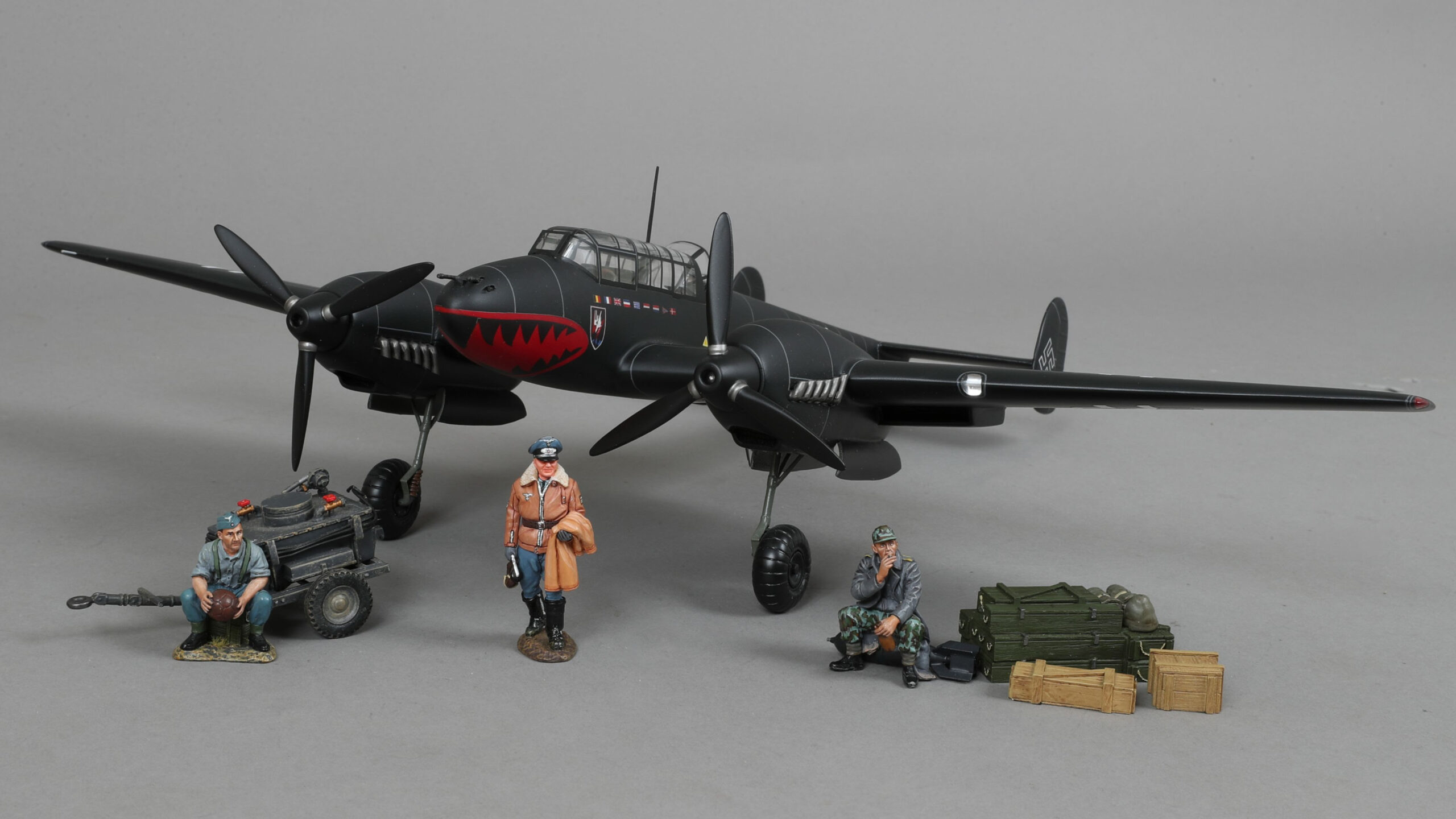
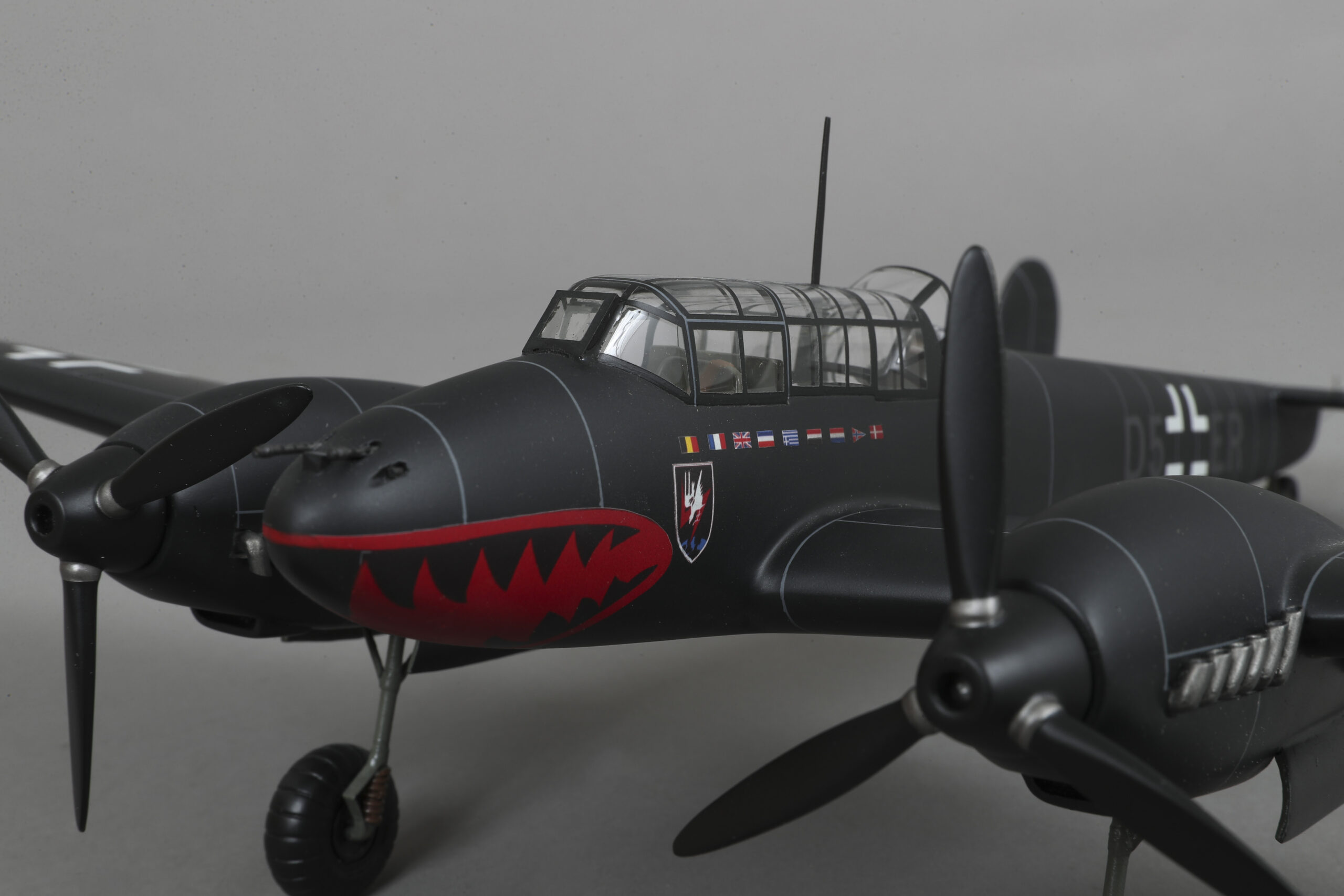
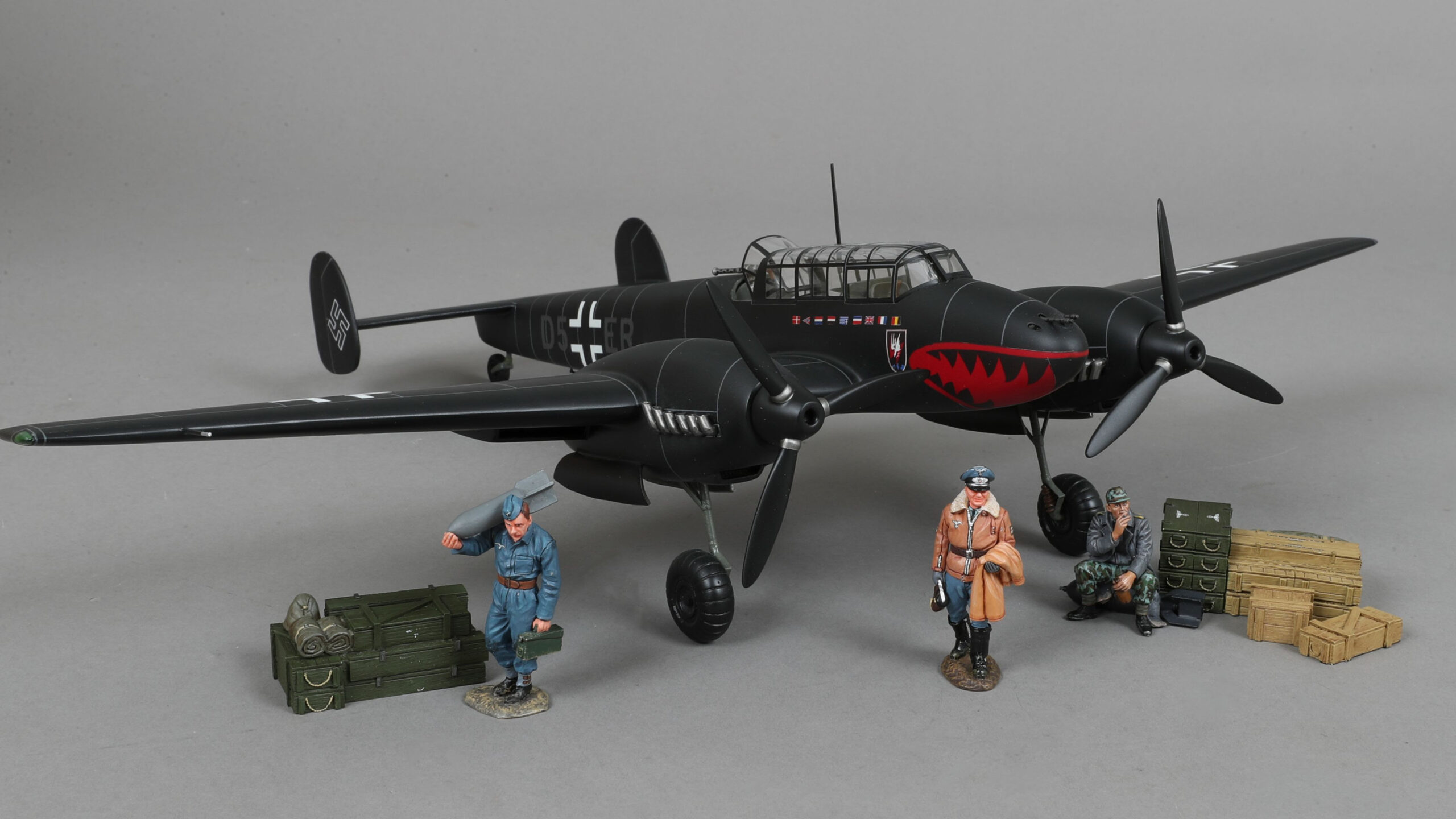
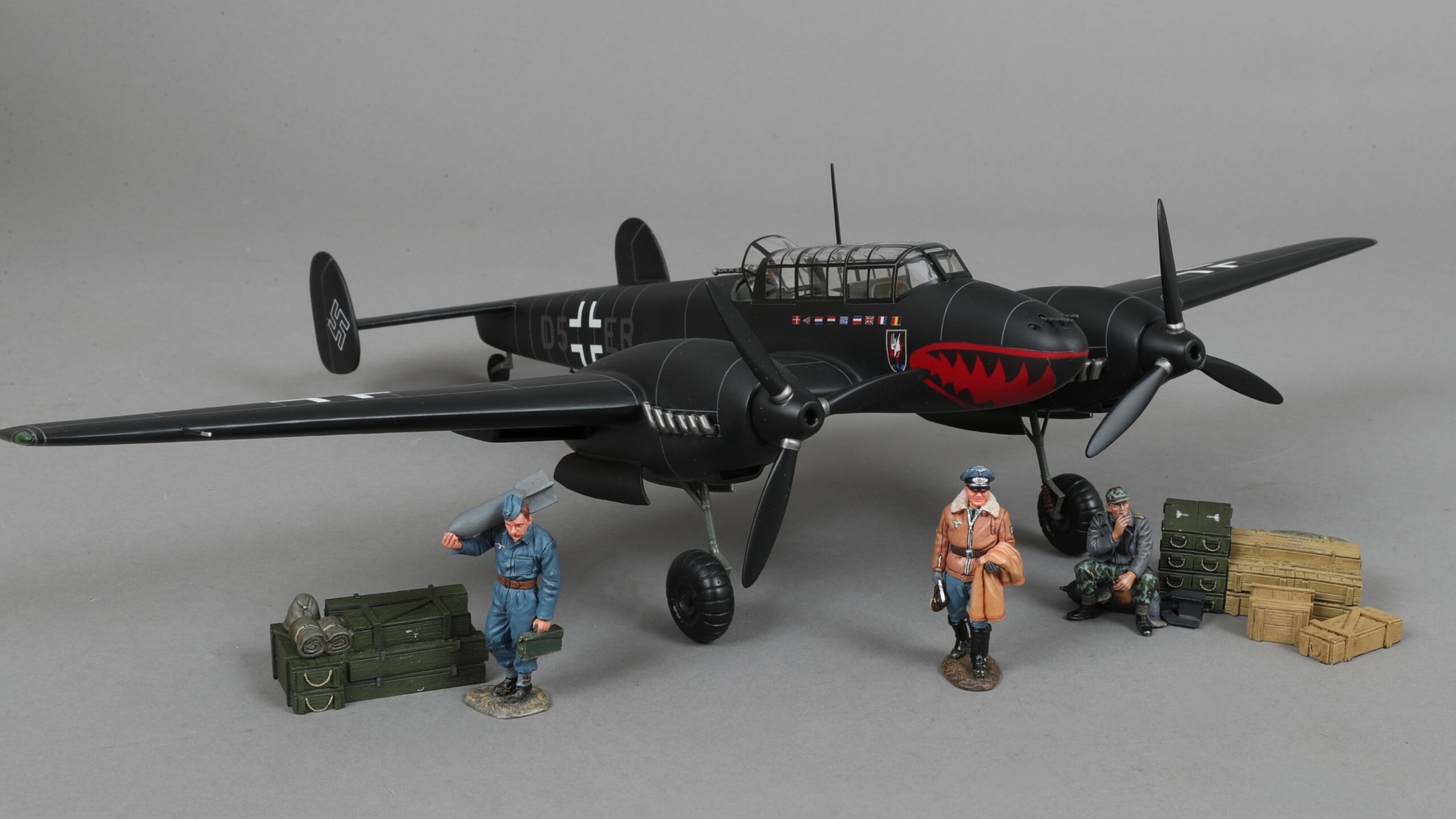
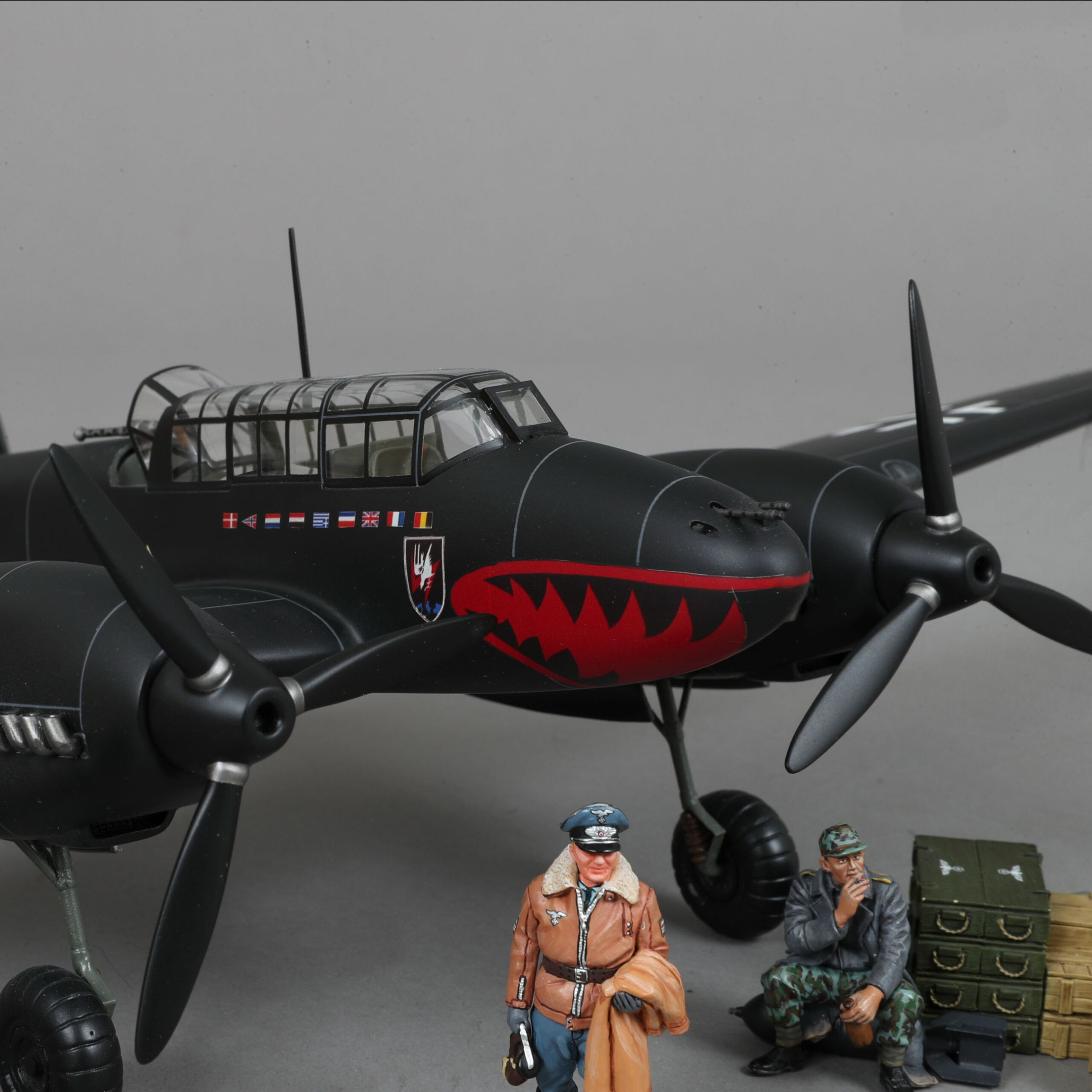
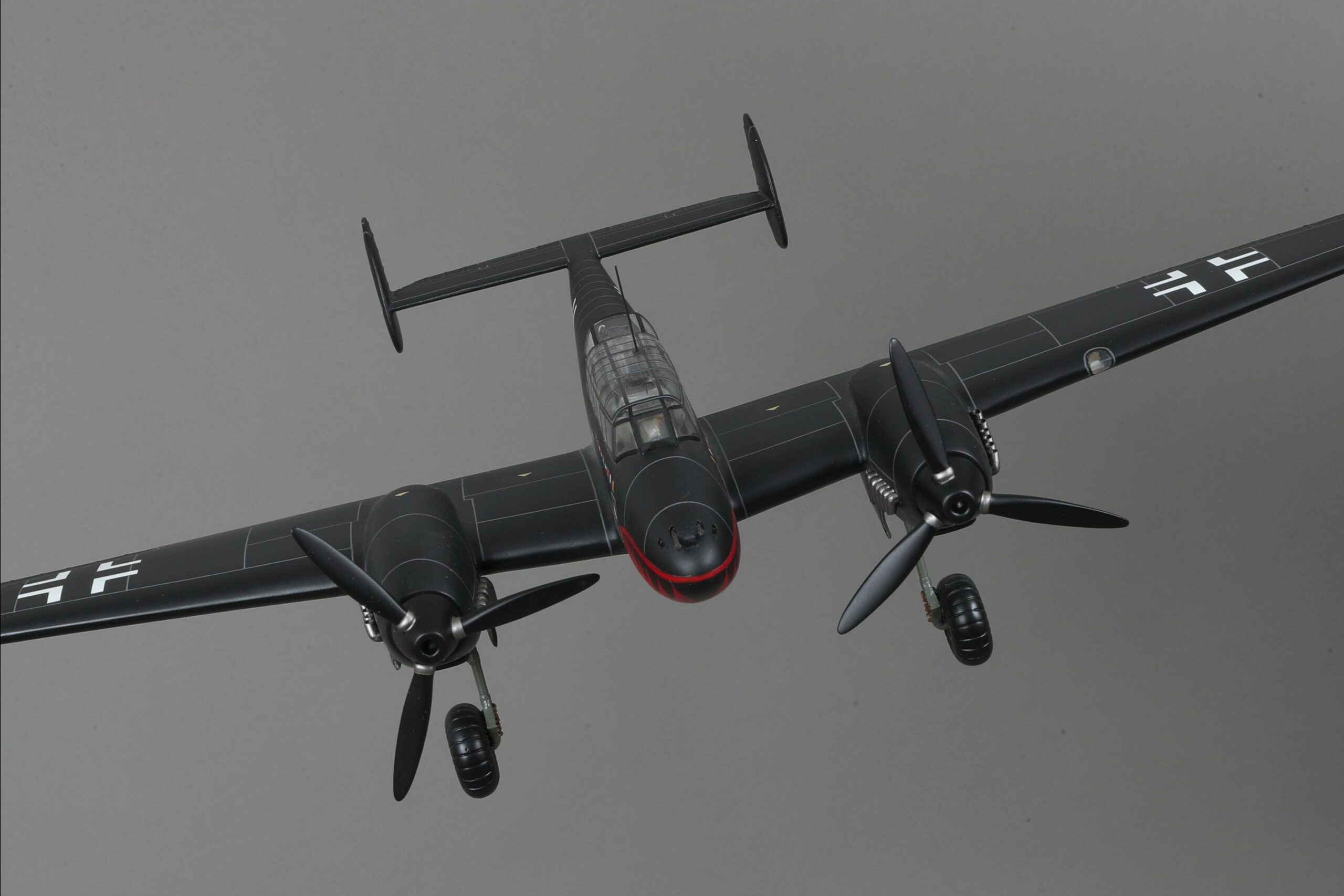
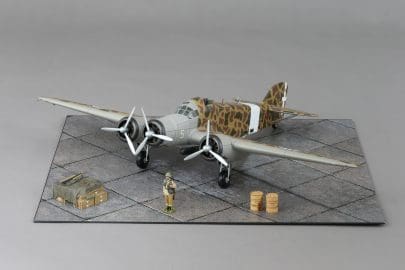
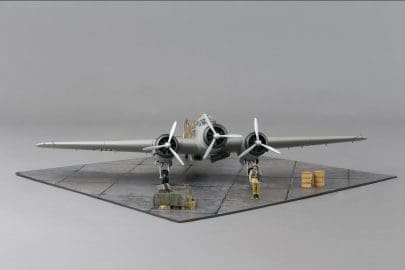

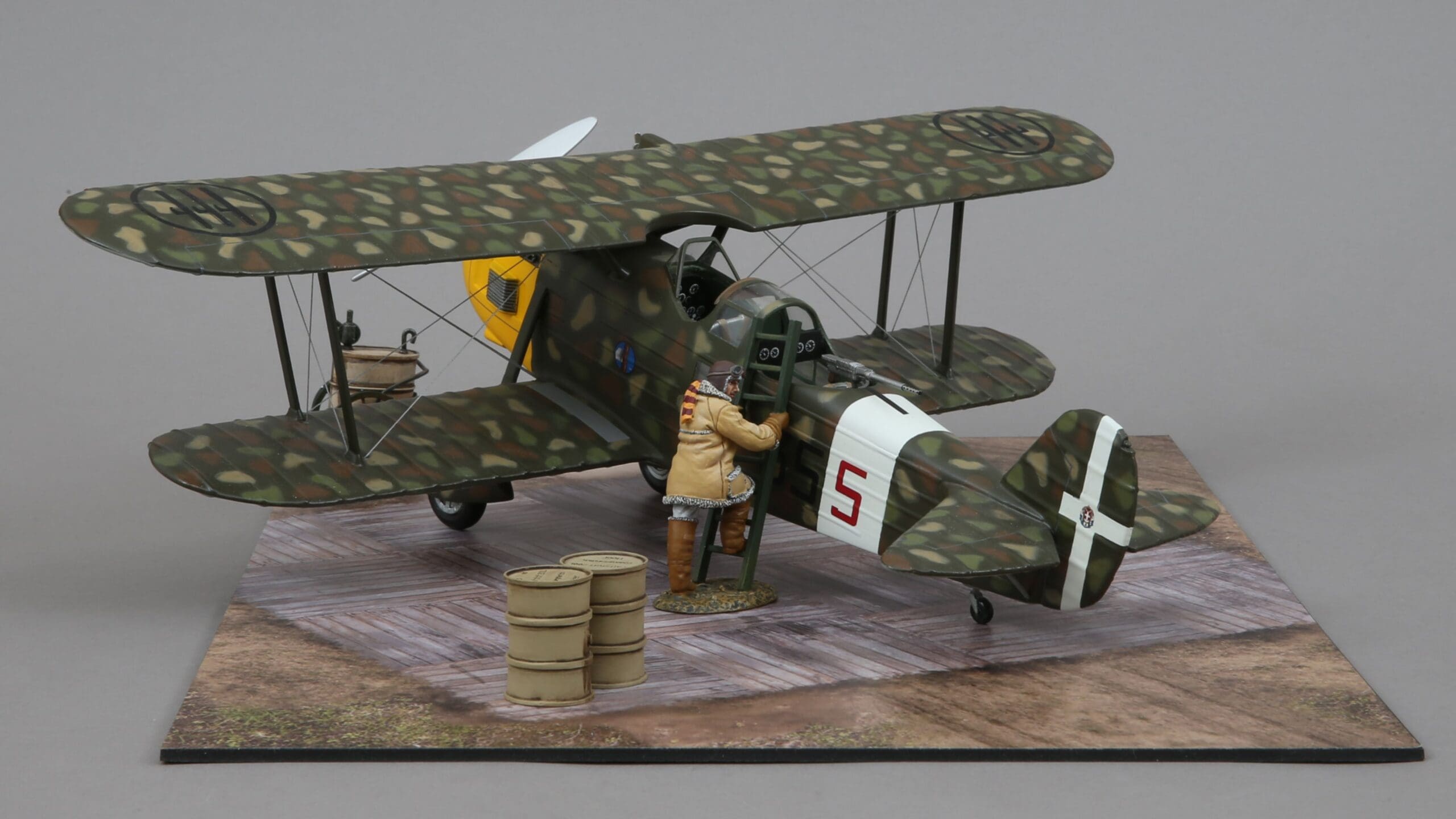
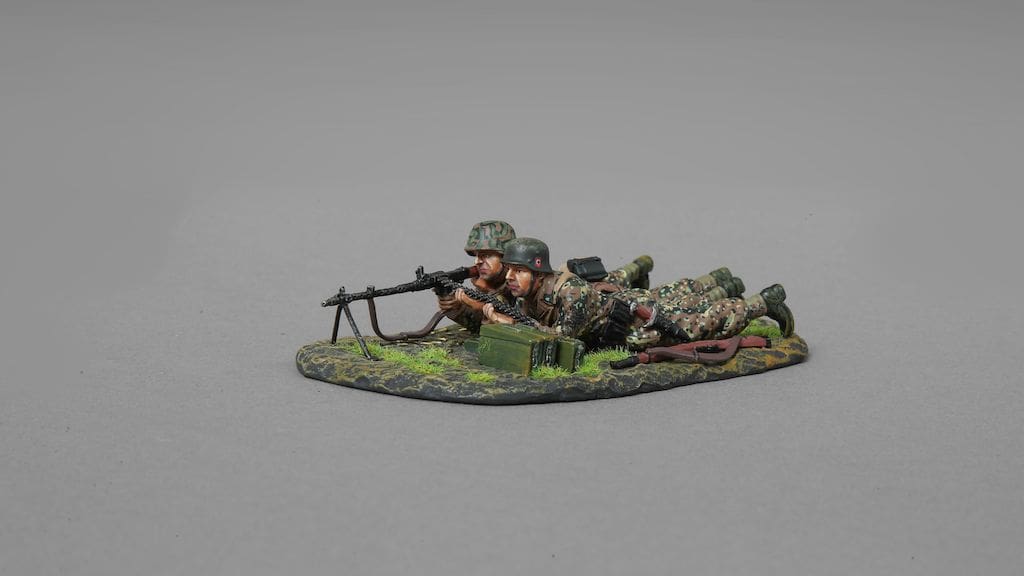
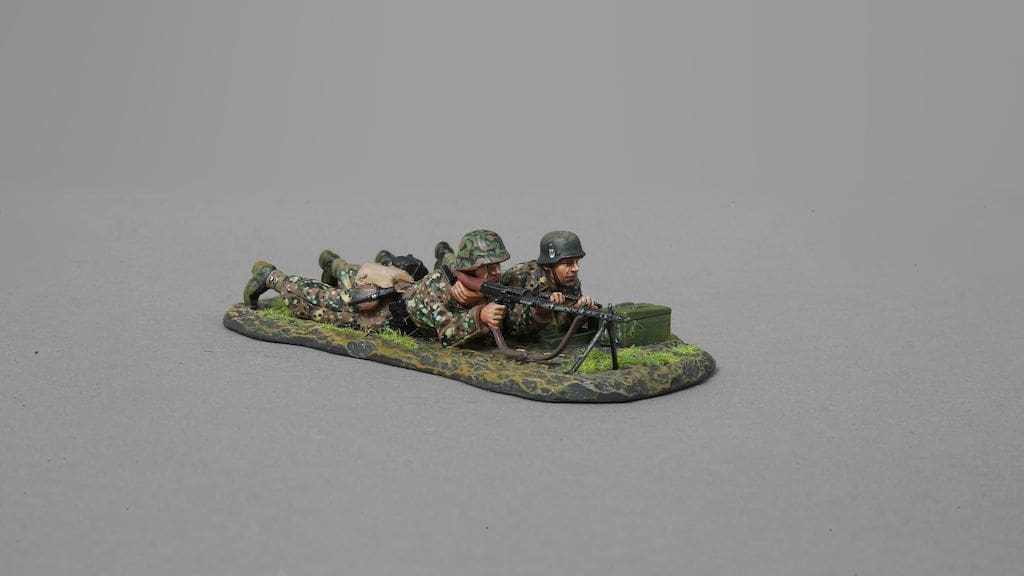
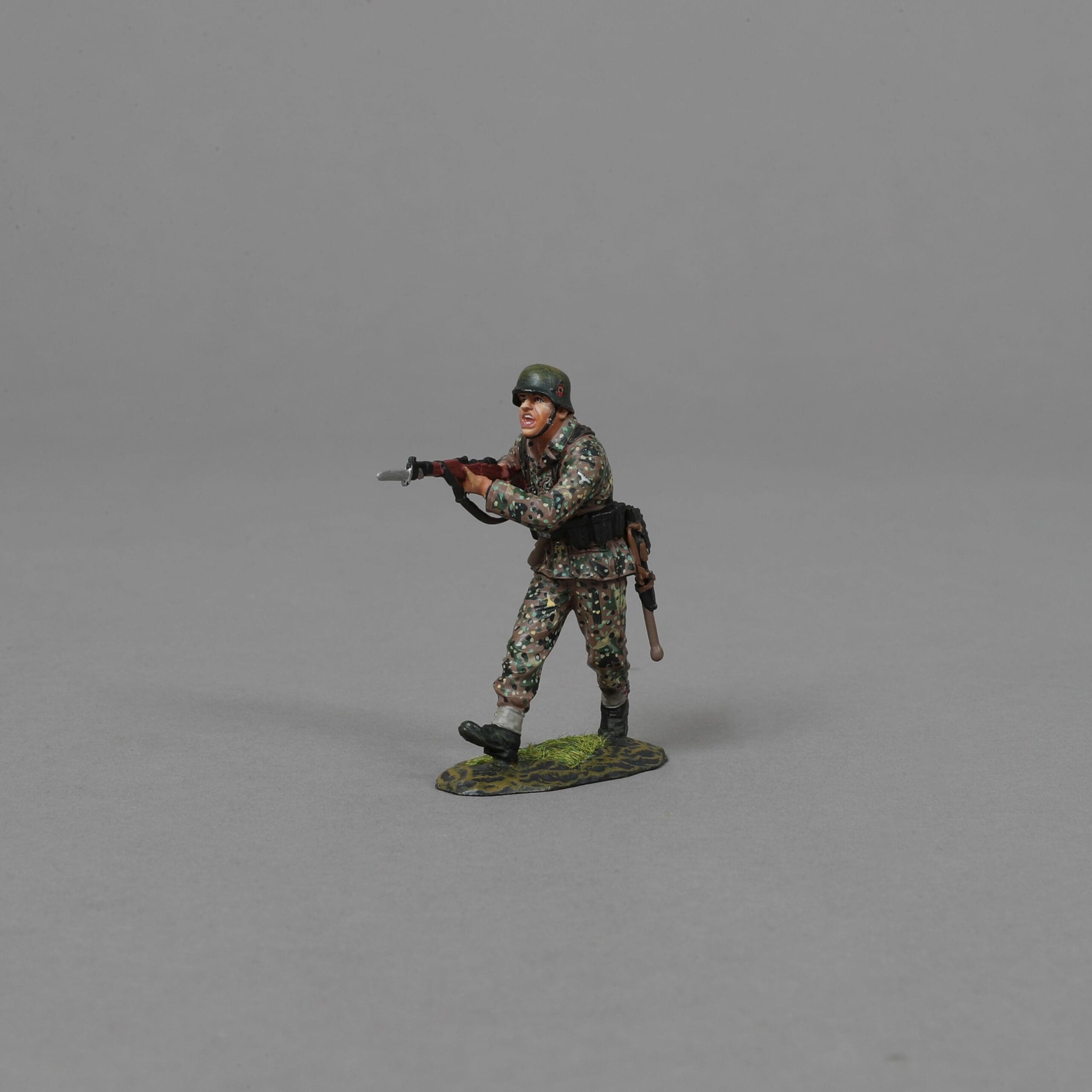
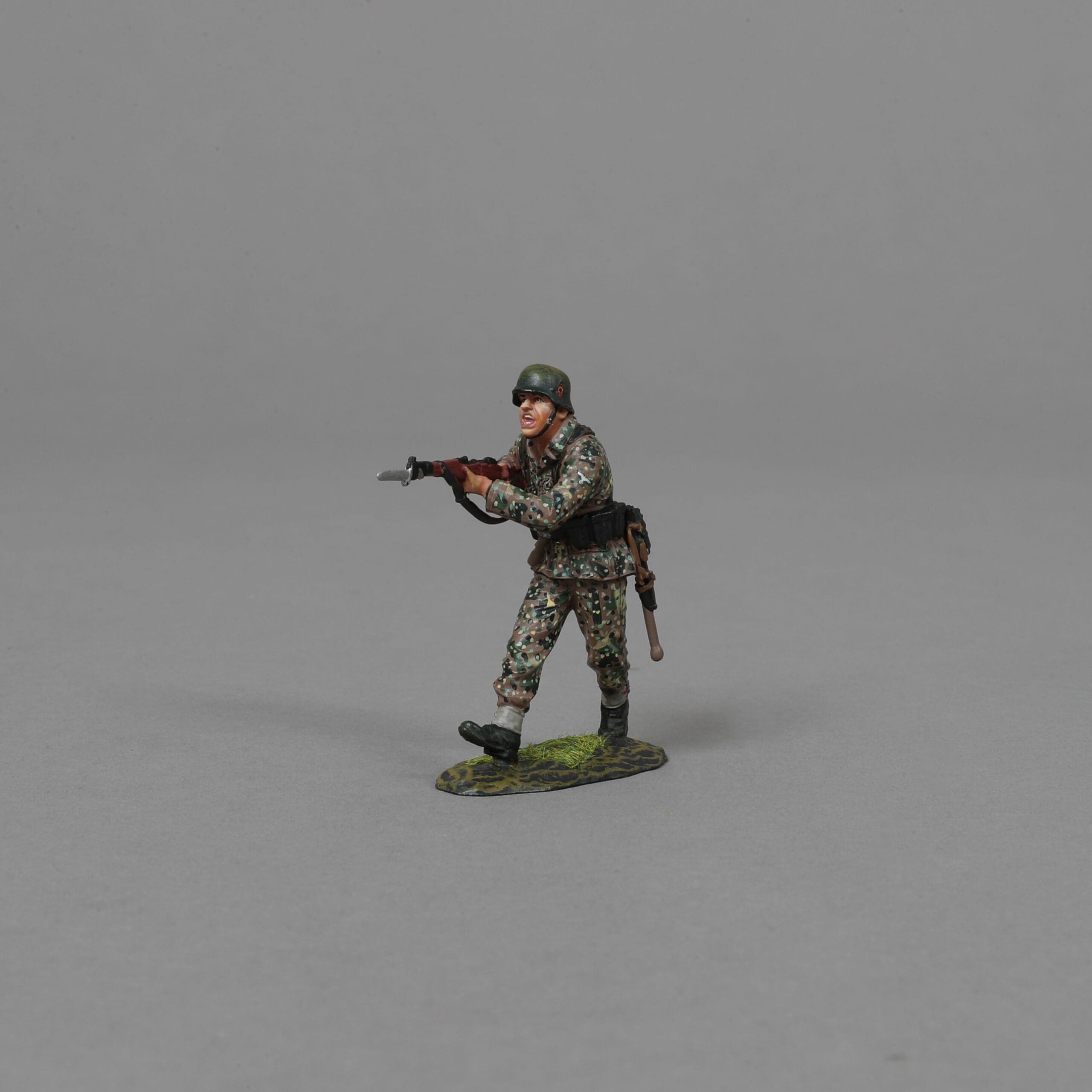
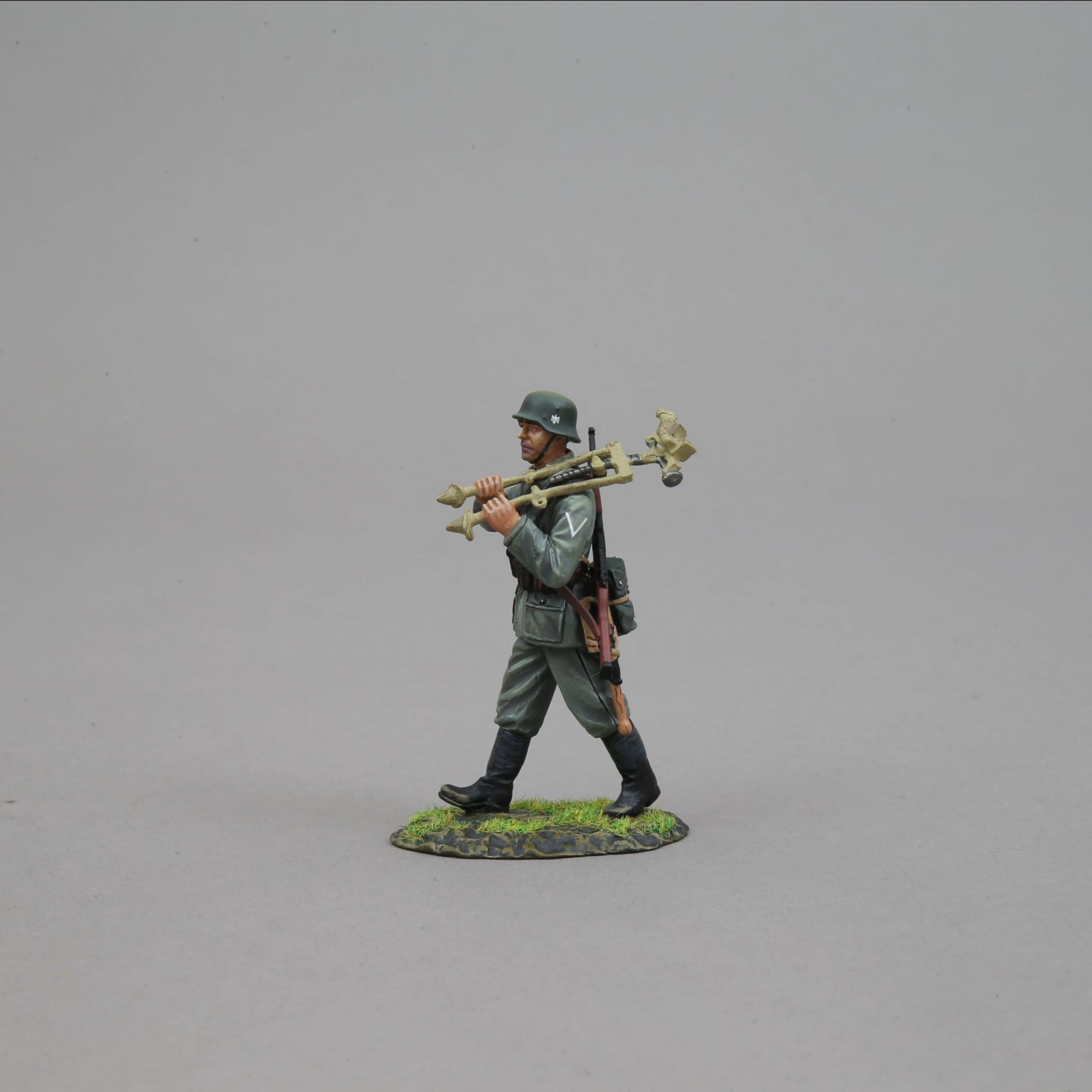
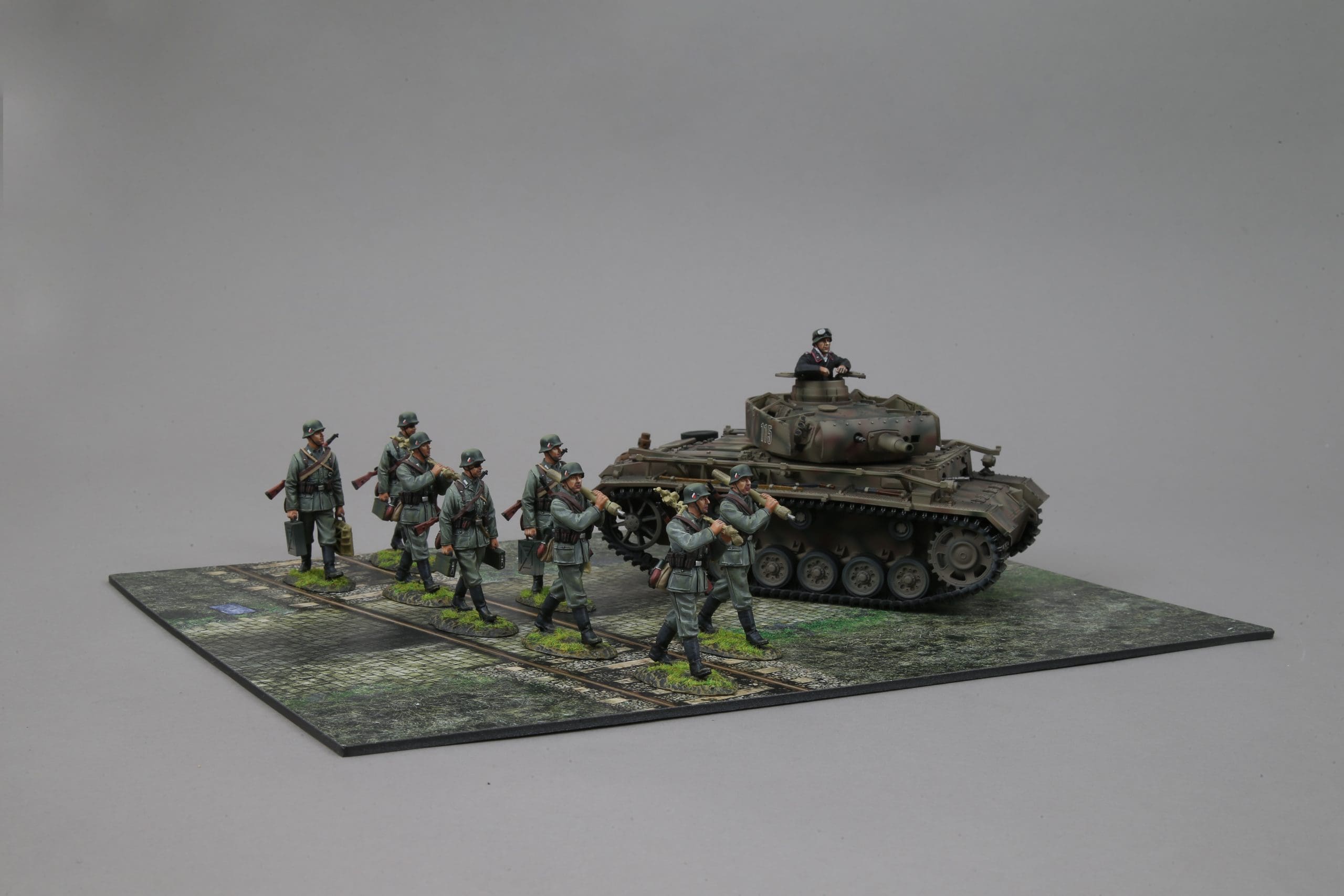
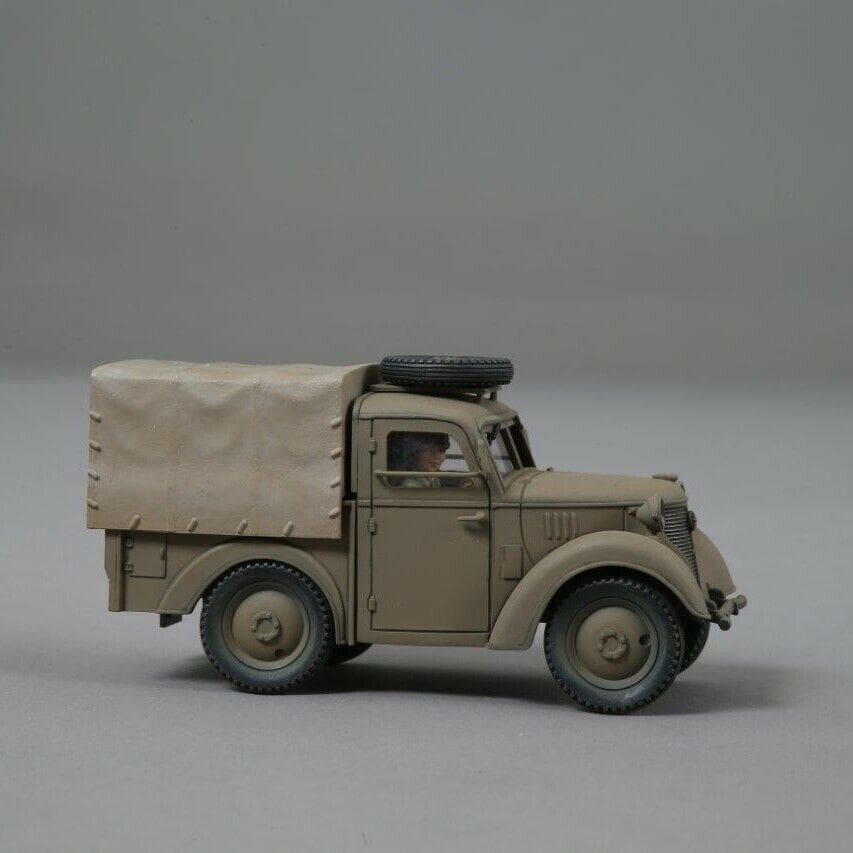
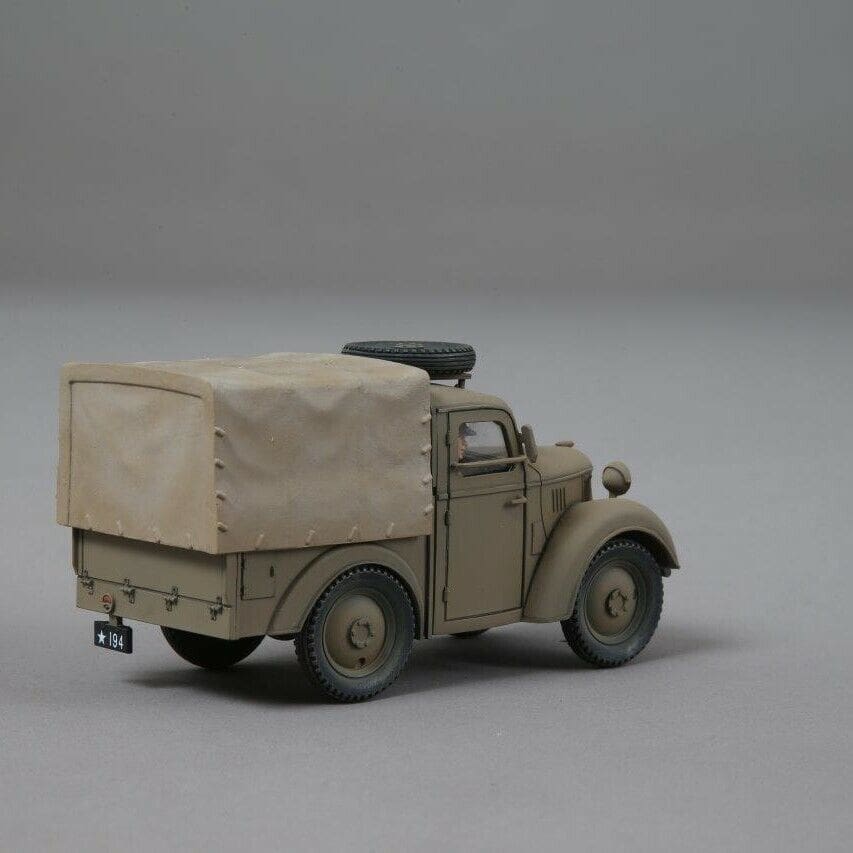
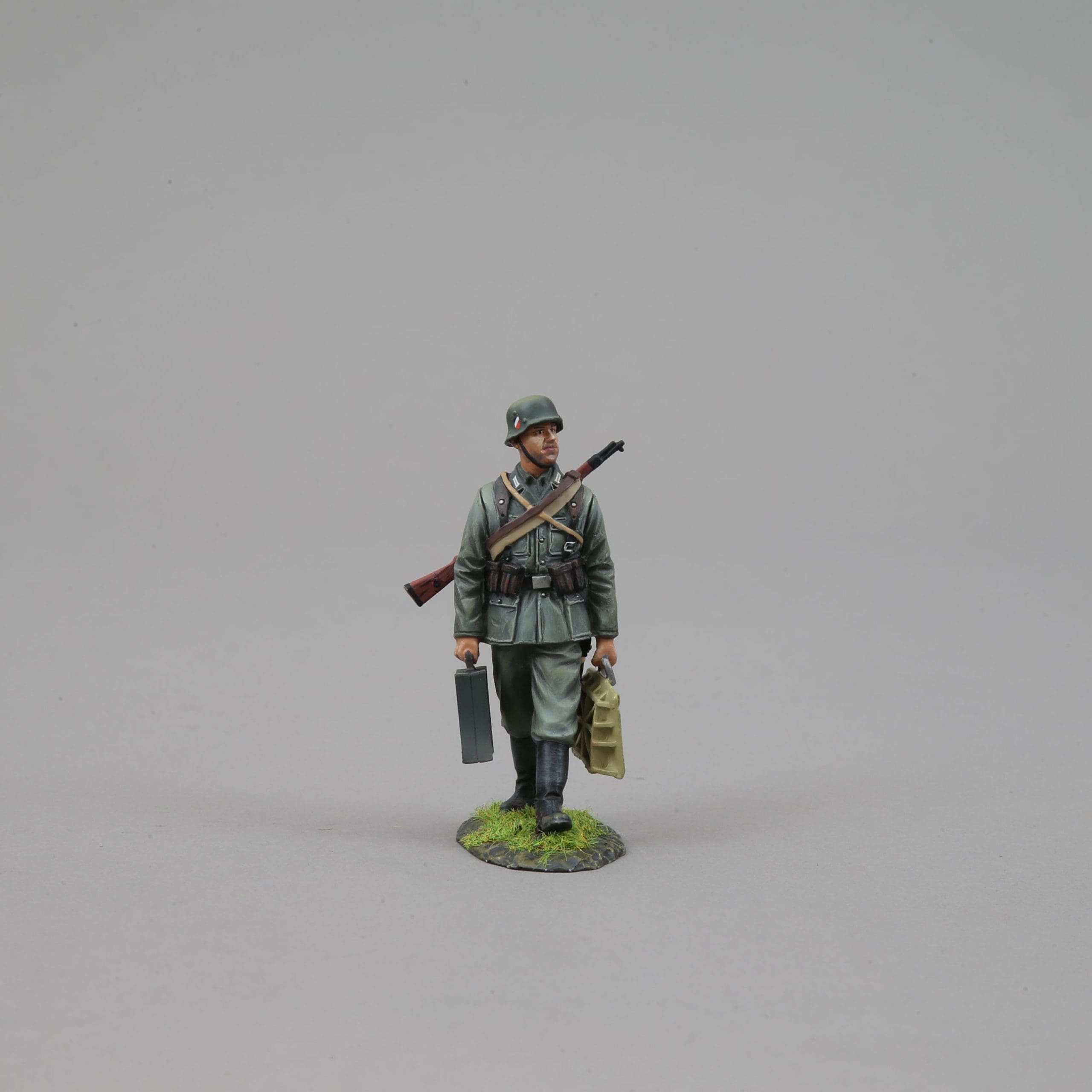
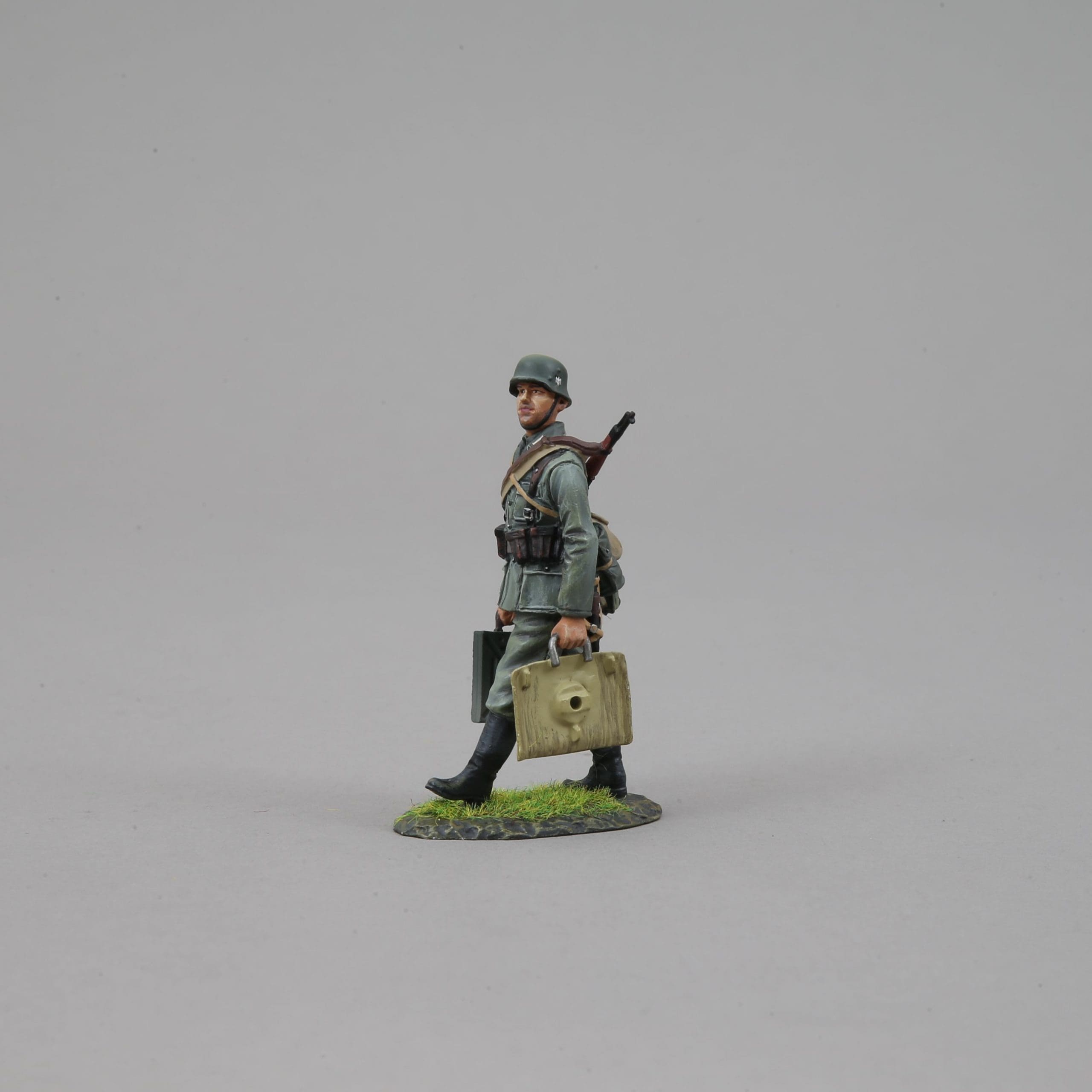
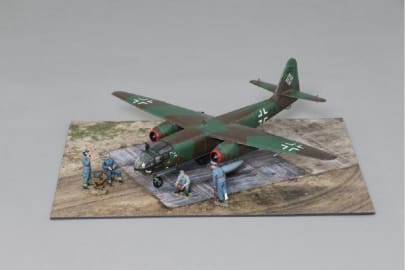
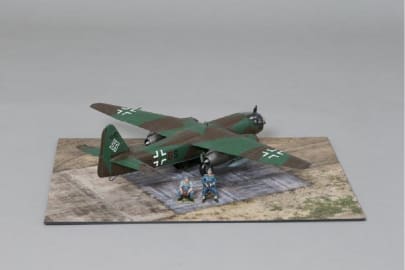
Reviews
There are no reviews yet.